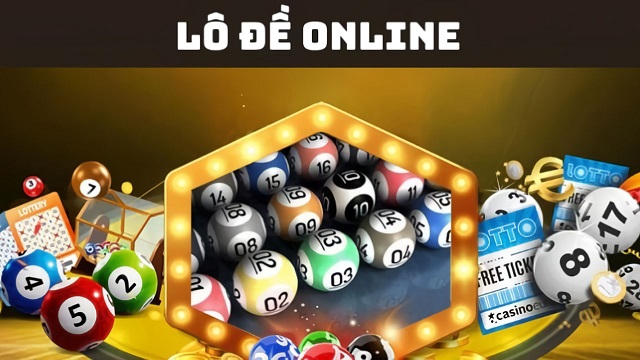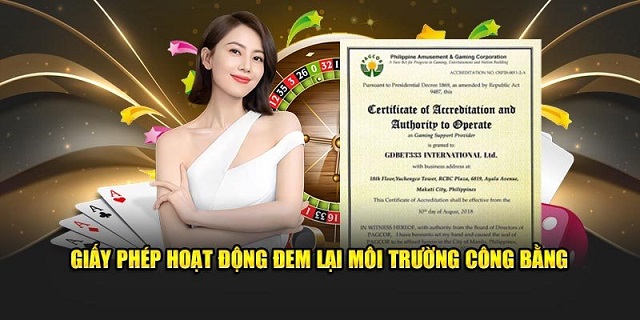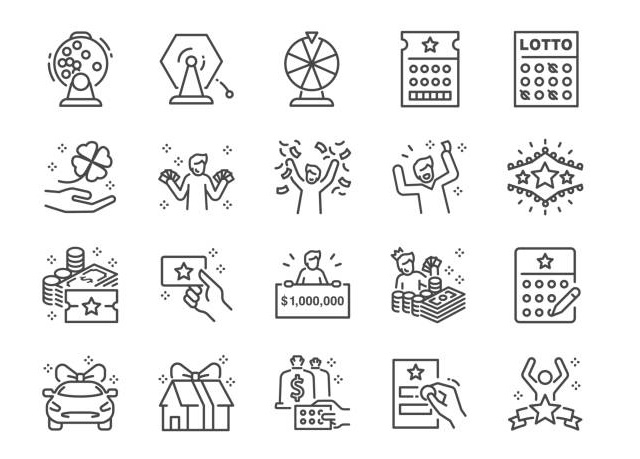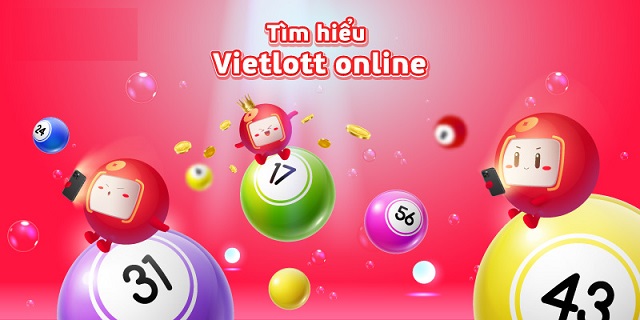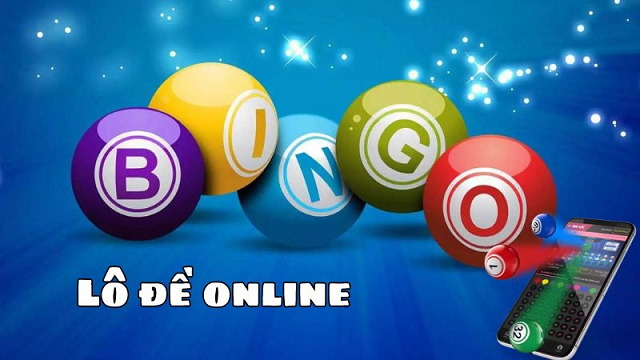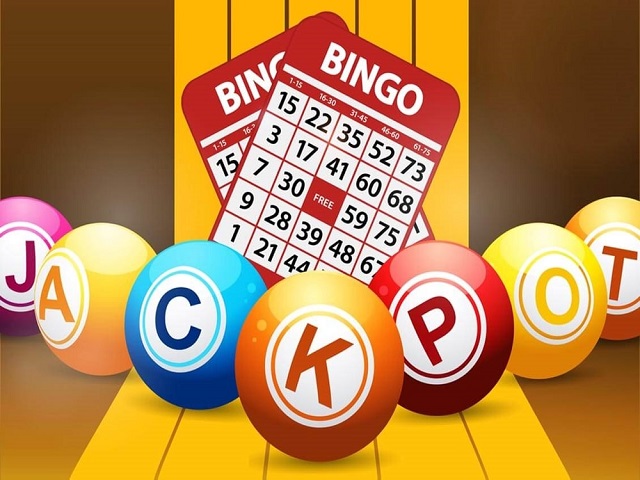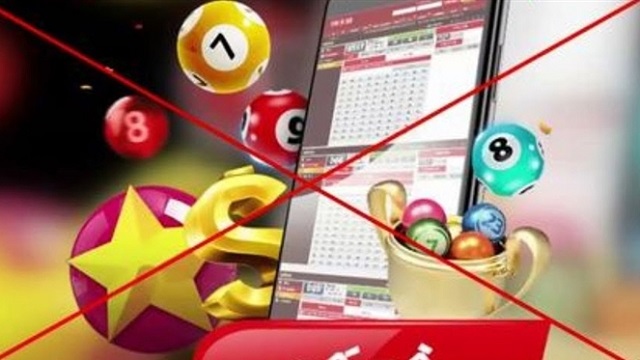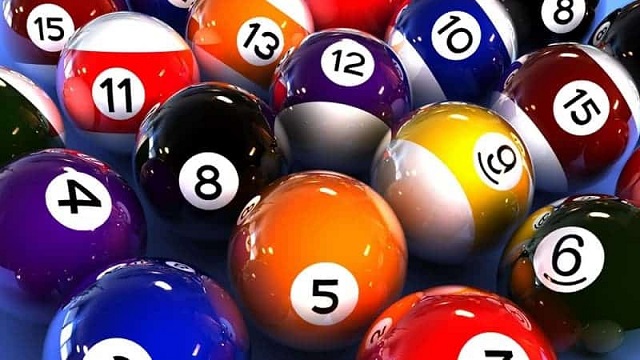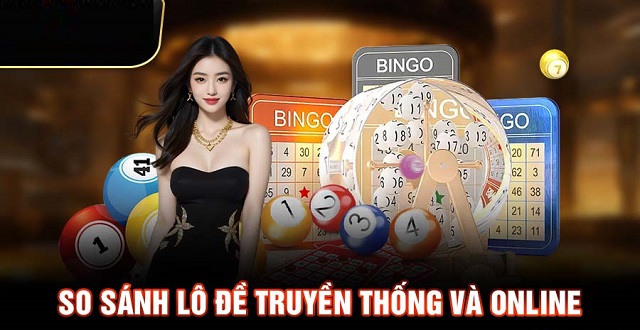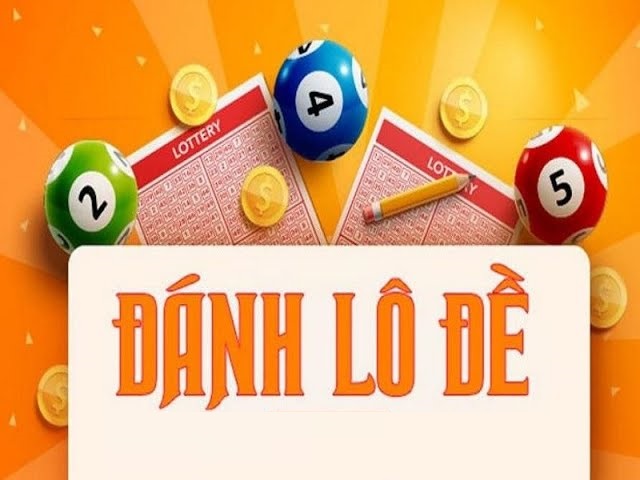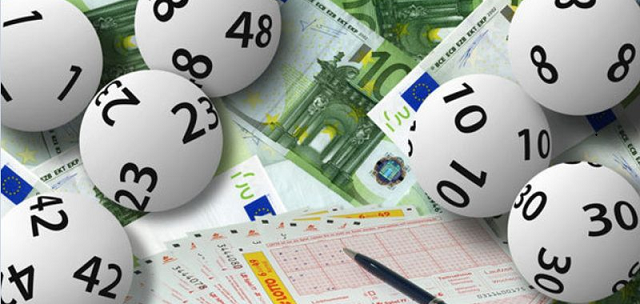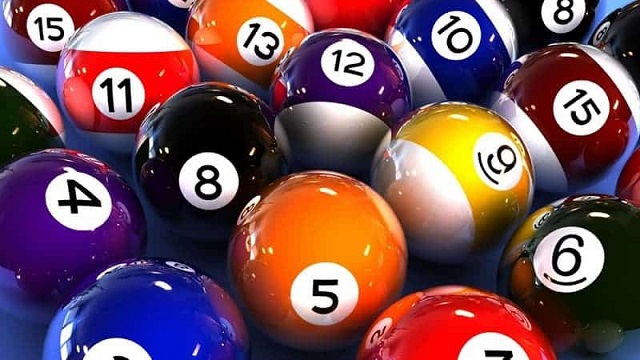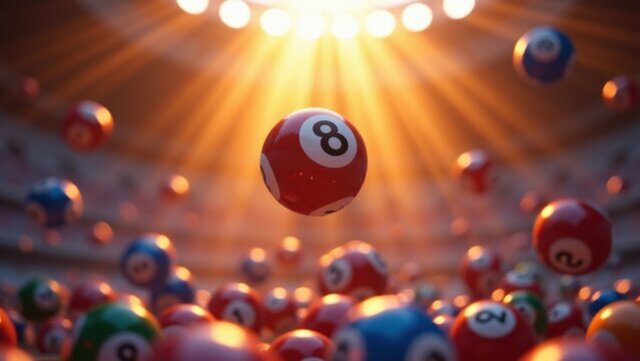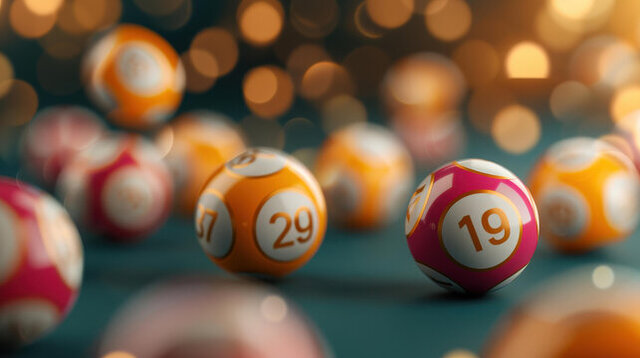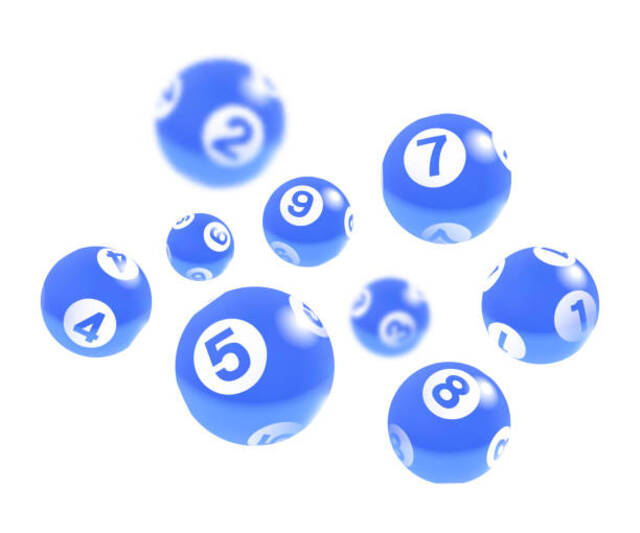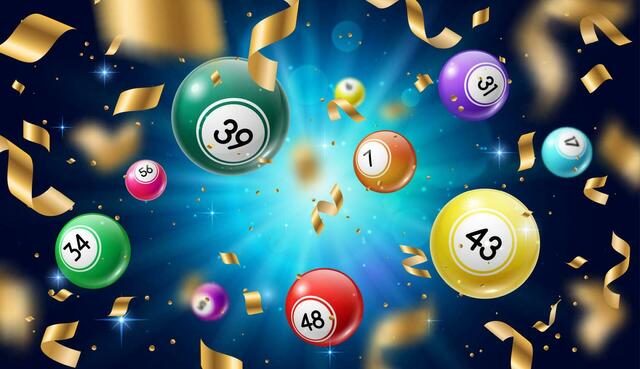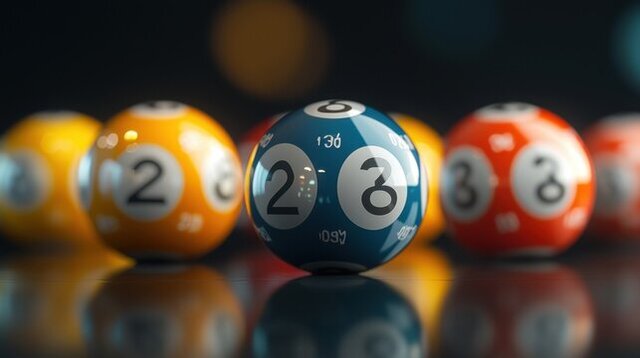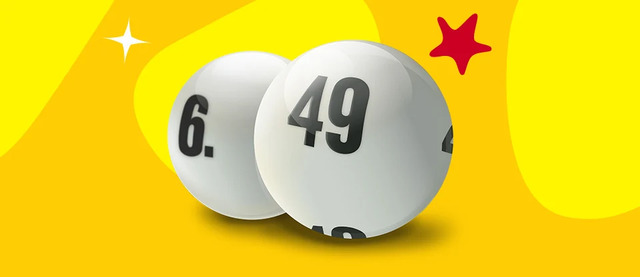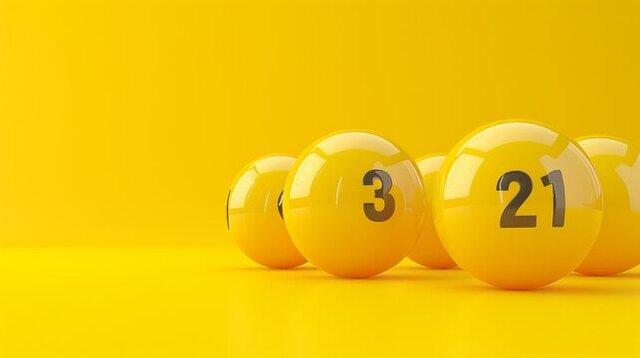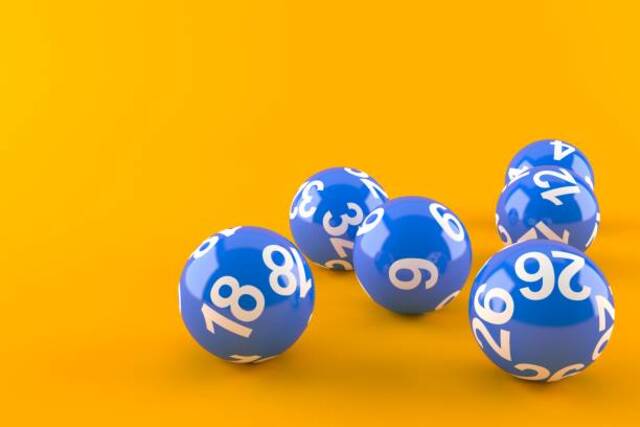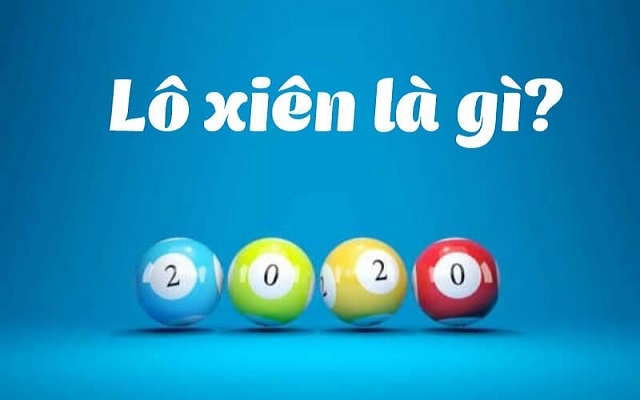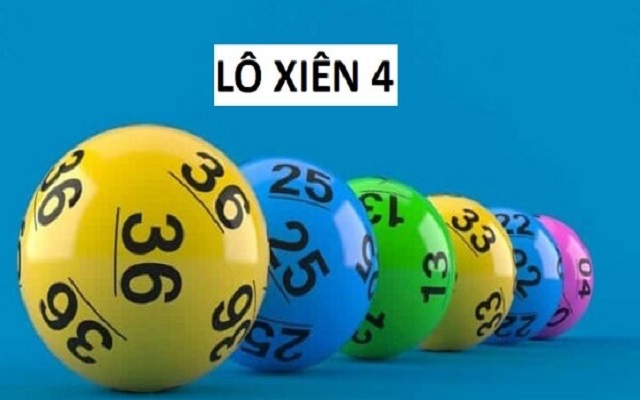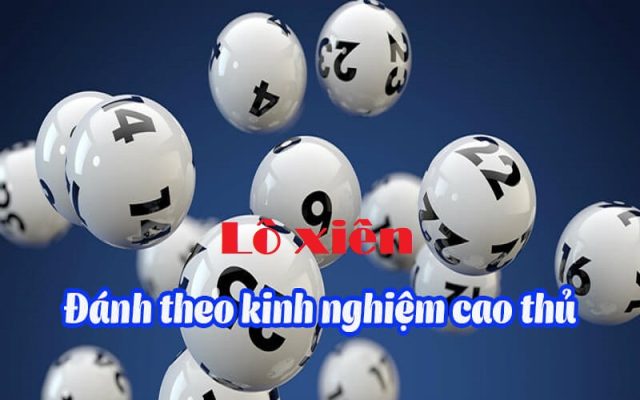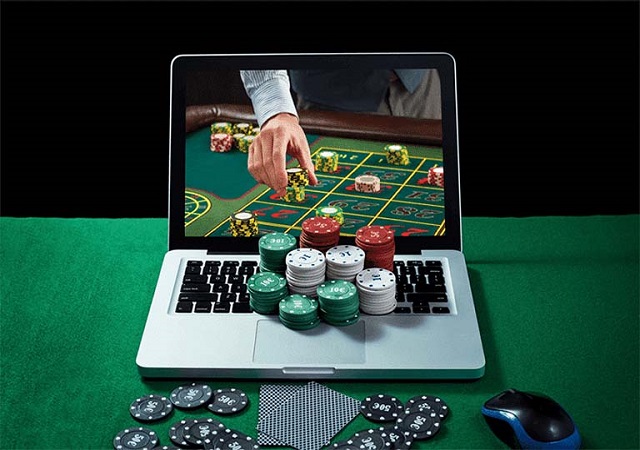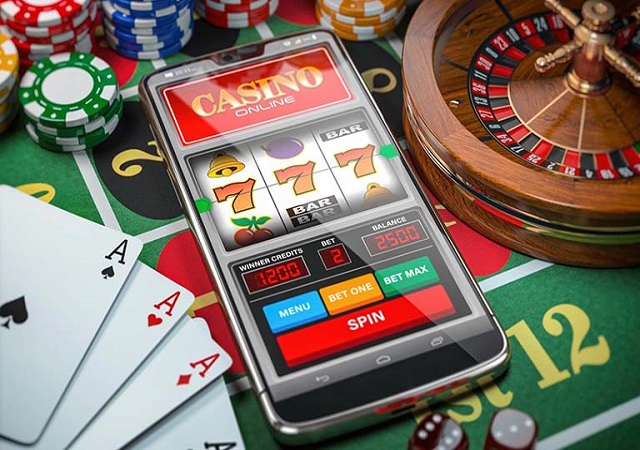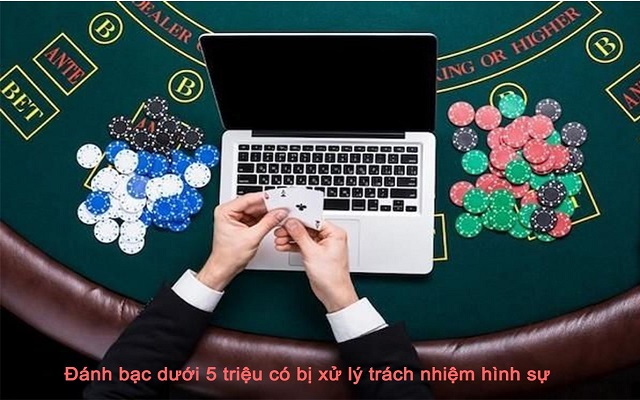Bao lô 3 số là một trong các hình thức chơi xổ số phổ biến tại Việt Nam và đặc biệt là ở khu vực miền Nam. Đây được coi là trò chơi mang tính chất may rủi cao, nhưng nó lại thu hút rất nhiều người chơi tham gia vì cơ hội trưởng thưởng lớn và có luật chơi đơn giản. Vậy bao lô 3 số miền Nam trúng bao nhiêu? Hãy cùng Architectradure xem ngay phía dưới nhé!
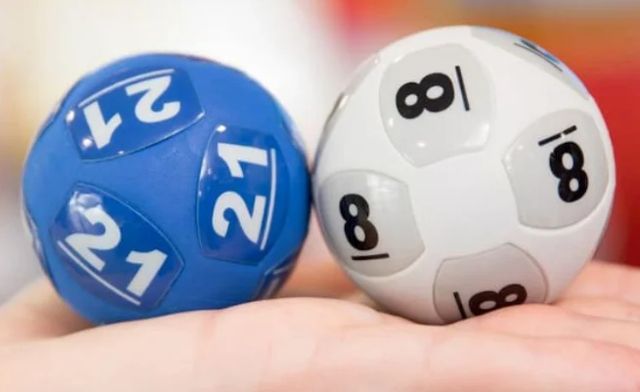
Đôi nét về bao lô 3 số miền Nam
Bao lô 3 số hiểu đơn giản là người chơi sẽ phải dự đoán kết quả 3 con số cuối của giải. Nếu 3 số cuối bạn dự đoán xuất hiện ở trên bảng kết quả xổ số thù bạn sẽ trúng thưởng. Xét về khái niệm thì cách chơi bao lô tương đối giống với đề ba càng.
Tuy nhiên, nếu người chơi chú ý thì có thể phân biệt được 2 hình thức này. Về cơ bản, chơi 3 càng người chơi sẽ phải dựa vào 3 con số cuối ở giải đặc biệt, nhưng với chơi bao lô 3 số miền Nam bạn chỉ cần xét kết quả 3 con số cuối cùng ở tất cả các giải.
Như vậy, từ các phân tích trên bạn có thể nắm được khái niệm bao lô 3 con chính là người chơi dự đoán 3 con số của các giải kết quả xổ số miền Nam có ra hay không. Khi chơi 3 số miền sẽ chỉ xét kết quả từ giải 7 trở lên nên bạn cần phải hết sức lưu ý khi dò kết quả xổ số để xem bản thân có trúng thưởng không nhé!
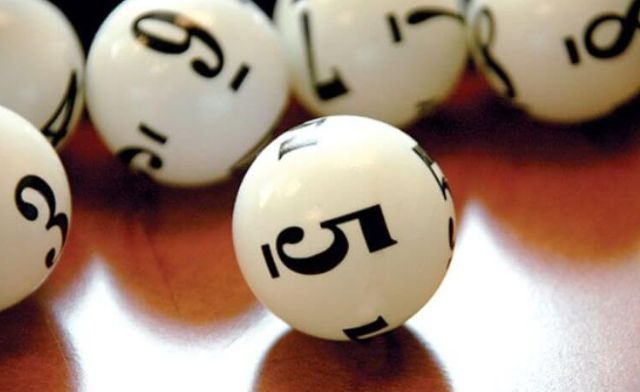
==>>Bài viết liên quan:
- Đặc Điểm Nhận Dạng Một Trang Đánh Lô Đề Online Uy Tín
- Các Hình Thức Trò Chơi Số Dựa Trên May Rủi Hợp Pháp Không Nên Bỏ Lỡ
Giải đáp thắc mắc bao lô 3 số miền Nam bao nhiêu tiền?
Một trong các câu hỏi được rất nhiều đề thủ quan tâm nhất khi chơi bao lô 3 số đó chính là bao lô 3 số miền Nam khi trúng sẽ được bao nhiêu tiền? Tiền thưởng của bao lô 3 con phụ thuộc vào nhiều yếu tố như số tiền đặt cược, cũng như số lượng vé trúng và tỷ lệ trả thưởng của từng địa phương. Cụ thể như sau:
Tỷ lệ trả thưởng của bao lô 3 con miền Nam
Tỷ lệ trả thưởng của bao lô 3 số thưởng rất cao, nhưng lại có sự khác biệt giữa những đài xổ số. Thông thưởng, tỷ lệ trả thưởng với hình thức chơi này sẽ dao động từ 1:500 cho tới 1:900, nghĩa là người chơi có thể nhận được mức thưởng từ 500 – 900 lần số tiền mà bản thân đã đặt cược nếu trúng thưởng.
Ví dụ như, nếu bạn đặt cược với số tiền là 10.000đ vào bộ 3 con số và có tỷ lệ trả thưởng là 1:700. Số tiền thưởng mà bạn sẽ nhận được nếu trúng thưởng sẽ là 7.000.000đ.
Số lượng vé trúng thưởng bao lô 3 con miền Nam
Số lượng vé trúng thưởng cũng sẽ ảnh hưởng tới số tiền mà người chơi nhận được. Nếu như có nhiều người cùng chọn một bộ số và đều trúng thưởng thì số tiền này sẽ được chia đều cho từng người chơi. Tuy nhiên, trường hợp này lại khá hiếm gặp, vì khả năng chọn trúng số tương đối thấp.
Bật mí phương pháp chơi bao lô 3 con miền Nam cực hay
Nếu bạn muốn tìm hiểu về phương pháp chơi 3 lô hiệu quả thì có thể tham khảo dưới đây. Cụ thể như sau:
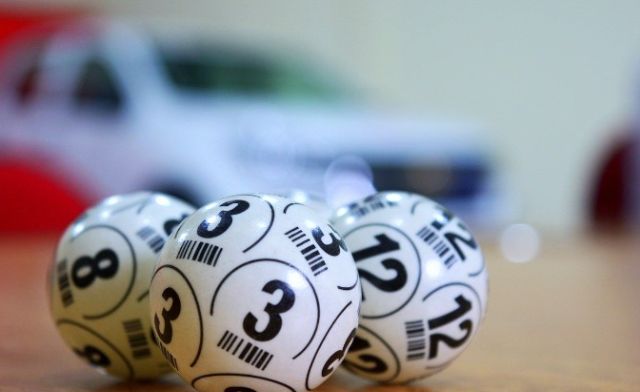
Dựa vào hình thức bạch nhớ lô tô để dự đoán bao lô 3 số
Cách chơi này thường dành cho những tân thủ mới tham gia và chưa có nhiều kinh nghiệm. Phương pháp này được phân tích dựa trên kinh nghiệm của người chơi và lựa chọn ra các con số có tỷ lệ về bờ cao trong các kỳ quay thưởng trước đó để tiến hành bao lại. Bên cạnh đó, khi áp dụng cách chơi này, bạn nên nuôi khung từ 3 – 5 ngày sẽ có thể tối ưu hóa tỷ lệ trúng.
Dựa vào tổng giải đặc biệt và giải 7 dự đoán bao lô 3 con miền Nam
Theo các chuyên gia lô đề, việc kết hợp 4 giải 7 cùng với giải đặc biệt bạn sẽ tìm ra được con bao lô 3 con chon ngày hôm sau. Tuy nhiên, khi áp dụng cách chơi này, người chơi cần phải tiến hành theo dõi kết quả xổ số thường xuyên và tiến hành ghép số một cách chuẩn xác nhất.
Ví dụ: Kết quả xổ số giải 7.1, 7.2, 7.3 và 7.4 lần lượt là 34, 70, 41, 56, đồng thời kết quả xổ số của giải đặc biệt là 45690. Như vậy bạn hãy thống kê và ghép lại sẽ được các bộ số là 344, 345, 346, 349, 340.
Dựa vào bóng âm dương của giải 3 dự đoán bao lô 3 số
Với phương pháp thống kê bóng âm dương, người chơi cần phải ghi nhớ bảng thống kê cơ bản như sau:
| Bóng âm | Bóng dương |
| Số 1 là bóng âm của số 4 | Số 1 là bóng dương của 6 |
| Số 2 là bóng âm của 9 | Số 2 là bóng dương của 7 |
| Số 3 là bóng âm của 6 | Số 3 là bóng dương của 8 |
| Số 5 là bóng âm của 8 | Số 4 là bóng dương của 9 |
| Số 0 là bóng âm của 7 | Số 5 là bóng dương của 0 |
Bài viết trên đã giới thiệu về các thông tin chi tiết về bao lô 3 số miền Nam bao nhiêu tiền và một số phương pháp dự đoán bao lô 3 con chính xác nhất. Hy vọng, với các thông tin được chia sẻ ở trên, bạn đã có thêm kiến thức về cách chơi bao lô 3 số khi tham gia giành được nhiều phần thưởng cho bản thân nhé!
